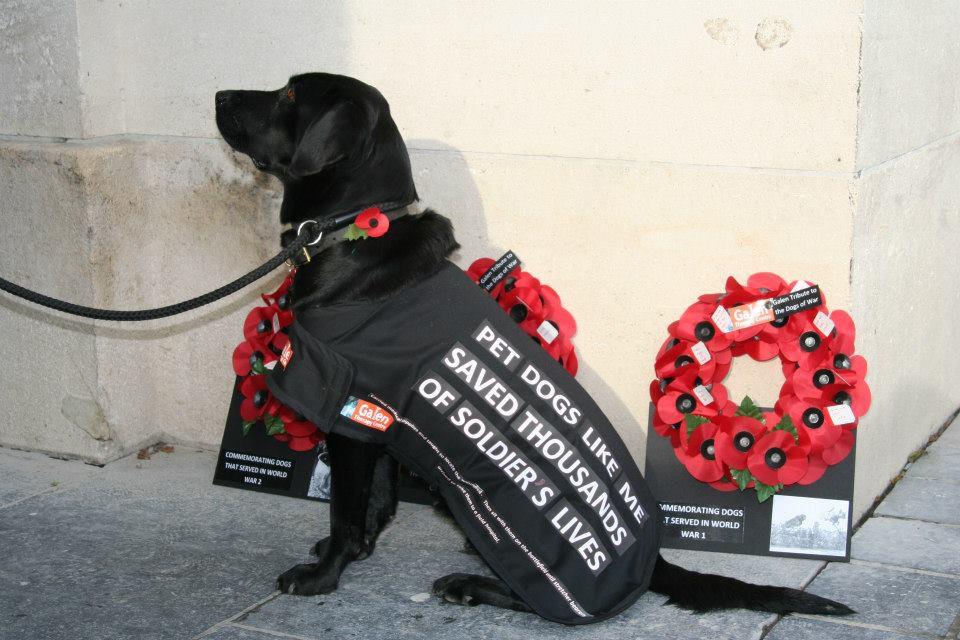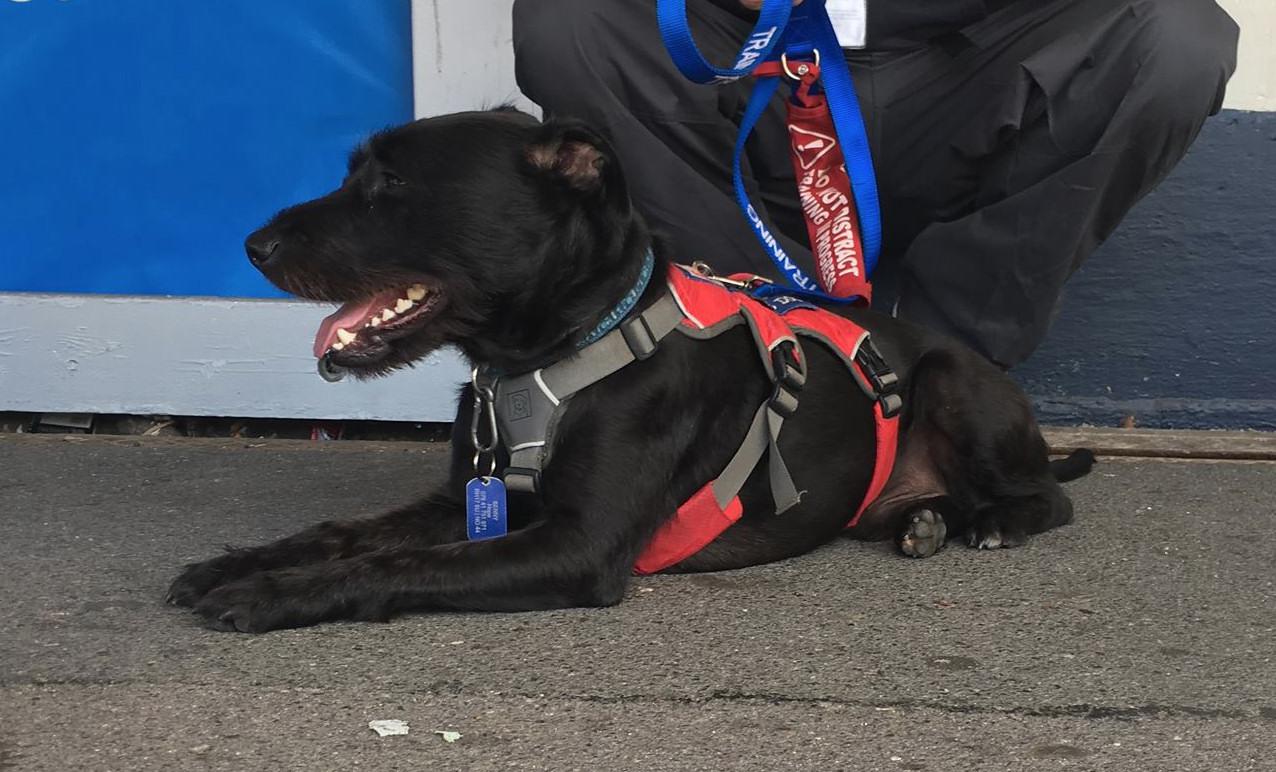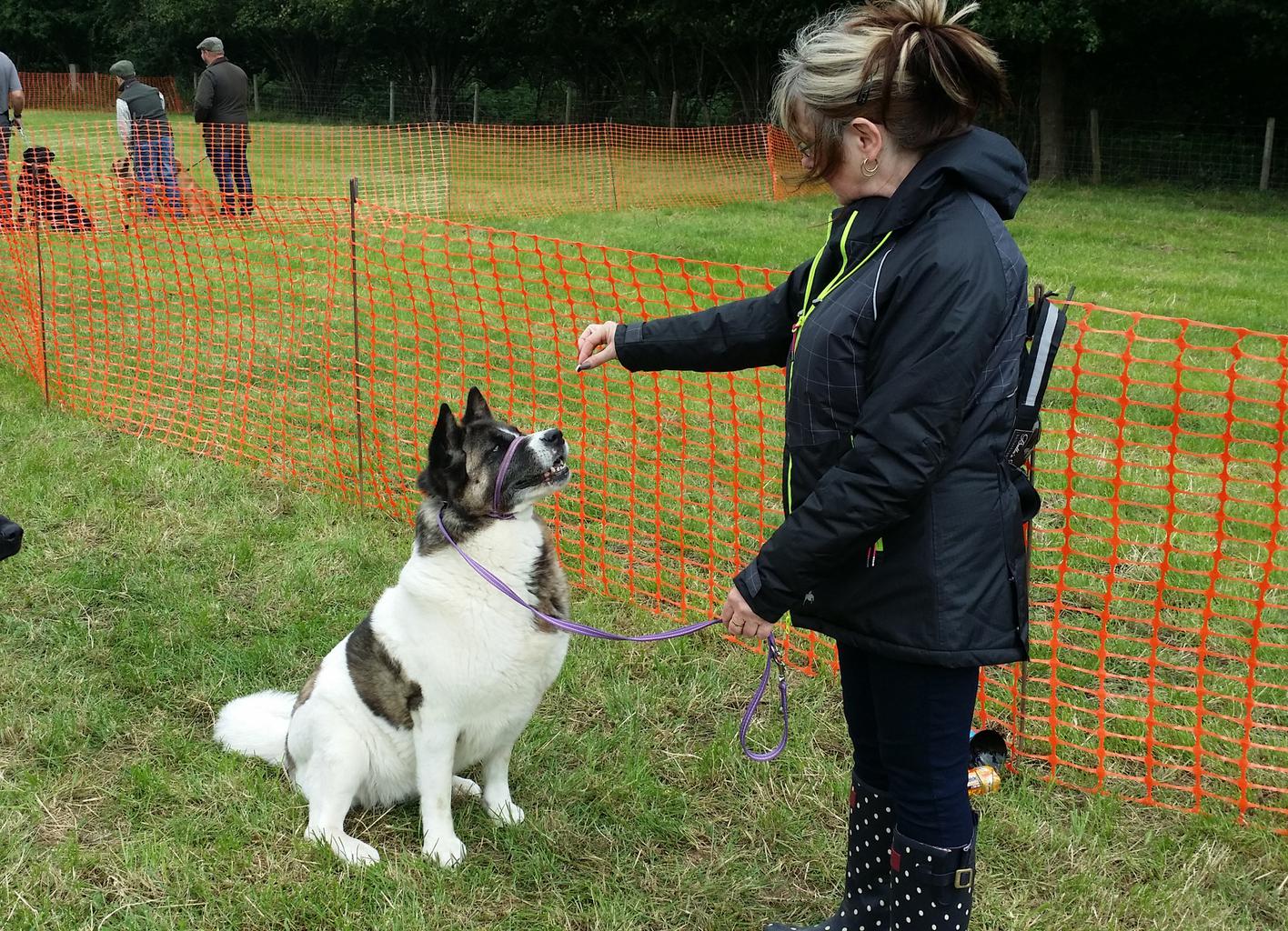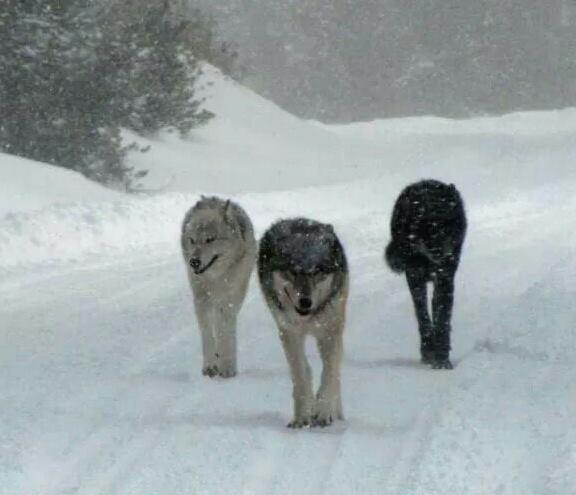
We all want a dog that is a pleasure to be with, knows his boundaries, and how to react to the situations he may find himself in during the day. This translates in practical terms into the following; that he doesn't knock visitors to the ground, that he doesn't gallop down the road with us lurching unwillingly behind, arm stretched to breaking point, and that he meets humans and dogs with a wagging tail.
None of this happens without training.
My dog is not highly trained, but if I tell him to sit, he sits. I am surprised at how many fellow dog owners observe this and say, "Gosh, isn't he well trained?" Sit is fairly basic and I would have thought one of the first things we teach our dogs, but it does seem that there are people out there who can't get a sit out of their dog.
Why is that? The area of dog training is a well-explored one, and almost everyone has a philosophy on it. This philosophy may well be, "Look, since he hasn't actually eaten the neighbours yet leave him to his own devices", but it's there. Should you want to flex your dog training muscles, there are endless books, videos and even classes and courses to help you.
There is much confusion in the area though. I was once told by a breeder that I would never have a well behaved dog because I didn't shout. Now I have a voice, and I know how to use it. In my professional capacity I can stop a child in its tracks across a school playground, but why should I employ this tool with my dog when he is at close range, has excellent hearing, and more to the point he carries out my instructions when I issue them quietly.
The breeder in question confidently told me I would never be able to live happily with two dogs if I didn't start shouting. This was in spite of the fact that my dog was under perfect control and following orders. Her dogs - I don't know what they were as we were never allowed to meet them - were in the next door room. While I cannot name their breed I picture them as something like the savage, three headed dog in one of the Harry Potter films, and I will convey to you the evidence on which I base this image.
When I want to enter a room I can tell my dog to sit, and open the door while he waits. I then have the choice of going through the door and giving him the command to follow me, or I can shut the door on that sad Labrador face and leave him outside. Now, compare this to the scene in the breeder's house. Several times people went in and out of the room containing the dogs and every time the performance was more or less the same. There was lots of noise - both shouting from the person and barking and snarling from the dogs. The door would open slightly, and a sliver of the person leaving the room would appear through the gap. The door would shudder under the combined weight of several three headed dogs flinging themselves at it, and the door might well shut slightly. This would be repeated with a little more of the person appearing at intervals, until the whole had made it through, and the door was shut quickly with relief .The out of breath person would lean against the closed door, which continued to bulge and shiver as the dogs carried on hurling themselves against it.
This was the pinnacle of training I was told I would never achieve. Now she might have had a bad philosophy but she had one. Along with necessarily strong doors. Perhaps that works for her and her three headed pack, but it's not for me.
Honestly, there's the crux of the matter - what works for me might not work for you, or more relevantly, your dog. The key with training is to find what conveys your message to your dog effectively. Make it fun, make it pleasant, but make it clear. The method doesn't matter, what matters is doing it.
Have a go, and if it doesn't work try something else. Some training issues may well require the guidance of a professional, in which case sort yourself out a good one and take his or her advice. There's no shortage of them and they'll be only too pleased to help. Positive, reward based methods get great rewards, whether you're clicking, using discs, toys or a whistle.
I have spoken to many trainers while working for DogCast, and the key is to find what motivates your dog, whether that's praise, toys or food. Find a philosophy that works for you, and then work at it!
What's my philosophy you ask? Well, I have managed to get one dog to the point of being a pleasure to be with, he frequently does not pull me arm first along the road, and he greets all and sundry as his best friend. However, now I am confronted with training our second dog, do I have any more of a clue? Basically this is what I do - I show my dog what to do and when he does it I reward him, when he does something undesirable I either ignore, gently correct, or simply withhold a treat. When everything else fails to stop an extremely unwelcome behaviour a water pistol can be invaluable - short, sharp, painless but effective!
It is a wonderful thing about dogs, that they want to fit in, they want to please, and with encouragement they soon do. They are all individuals though, and one lesson I have learned is that tasks picked up easily by one dog, may be harder for another dog. However we train, the most important thing is that we do train.
Just for the record, neither of my dogs has actually eaten the neighbours. So far.





